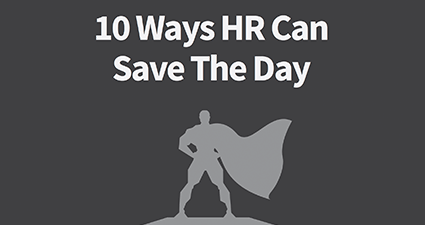4-Day Work Week
Overview of a 4-Day Work Week
A 4-day work week is a modern work schedule where employees complete their tasks for the week in four days instead of the traditional 5-day work week. At the beginning of the 21st century, employers often preserved a 40-hour work week where employees worked four 10-hour days. More recently, employers are shifting to a 32-hour work week where full-time, salaried employees work a standard 8-hour day four days a week with the same pay, benefits, and productivity expectations.
The 4-day work week has been in the news as several prominent employers began experimenting with this schedule to see how it impacted productivity and employee satisfaction. As many as 85% of employees say they would approve of a broad shift toward a 4-day work week.
The History of the 4-Day Work Week
In the 19th century, workers could expect to work 100 or more hours each week, all at the whim of the business owner. The prevailing wisdom seemed simple—more hours worked meant more output from factories, mills, and mines. Automobile magnate Henry Ford was one of the first to see the benefits of shortening the work week when he implemented the now-standard 40-hour work week in the early 1900s. From that point on, every industry has tried to find the right balance of working hours and downtime for their employees. This includes many predictions of a shorter workweek due to technological advancement from prominent figures like John Maynard Keynes and Richard Nixon.
In 2022 alone, companies around the world have experimented with 4-day work week schedules, affecting nearly 10,000 employees. Spain, Iceland, Ireland, and Scotland all have government-sponsored research trials on 32-hour work weeks.
Other employers followed suit, with Microsoft Japan launching a 4-day work week trial in 2019. This decision gained a lot of press coverage when Microsoft Japan announced a 40% increase in productivity during the trial.
Now many companies and governments have re-examined the potential of a shortened work week. The concept has gained momentum in a post-COVID world where employees have enjoyed the flexibility of remote work, seen the rise of the gig economy where work is done outside of the traditional 9-5 schedule, and expect a better work-life balance.
What Is a Typical 4-Day Work Week Schedule?
Most employers follow the 100-80-100 model when first implementing a 4-day work week:
- Employees are paid 100% of their salary.
- Employees work 80% of the traditional 40-hour workweek (32 hours).
- Employees are expected to maintain 100% of their traditional work week productivity.
The IRS classifies workers who work 32–40 hours per week as full-time employees, so having employees work four 8-hour workdays has no effect on their full-time employee status.
Other Work Flexible Schedules Besides 4-Day Work Weeks
Before the 4-day work week movement gained steam, many companies implemented a scheduling process where employees worked four 10-hour workdays, sometimes called 4/10s. This is considered a compressed work schedule, where companies maintain the 40-hour average work week but adjust schedules to distribute the work across longer than average workdays
Many companies and governments have implemented other variations of shortened or flexible work weeks. Some of these include:
- Reduced daily hours: Weekly working hours are reduced to 32–35 hours per week. This is done by reducing the number of hours worked in a day, with many companies implementing 6- or 7-hour workdays.
- Flexible 4-day work week: Employees work 32 hours a week but choose their individual day off. The day can vary from week to week and depends entirely on what the employee decides.
- 9/80 schedule: Employees work eight 9-hour days, one 8-hour day, and take every other Friday off. This maintains a total of 80 hours worked every two weeks.
- Half-day Fridays: Some companies have designated a day (typically Friday) as a half-day of work, allowing employees to still collaborate if needed while also having extra time away from work.
- Summer Fridays: Companies encourage employees to take Fridays off during the summer months.
- No-meeting Fridays: Employers encourage employees to limit or reduce interaction with co-workers on Friday, making it easier for employees to take a day off or focus on completing their projects before the weekend.

What causes employees to be successful? This webinar shares 5 strategies you can use on a daily basis to make your employees more successful.

HR is saving the business world, one task at a time. Discover the ten ways HR is a hero and exactly what that means for you and your business.